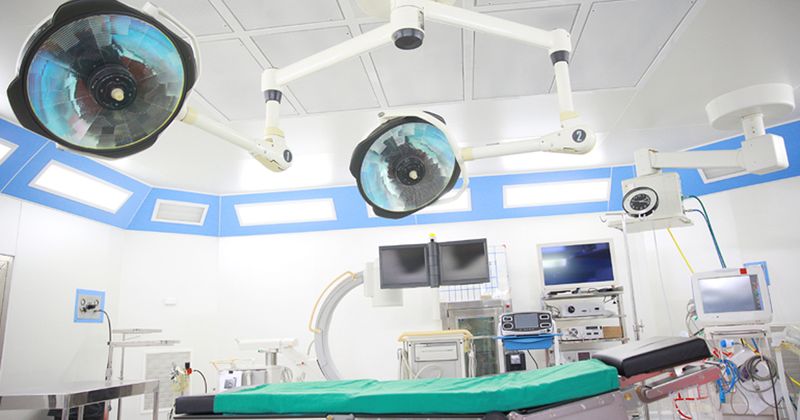1 in 5 high CV-risk patients may experience an event after noncardiac surgery
Among high-CV risk patients who underwent noncardiac surgery, up to one-fifth could experience a major adverse CV event within 1 year of their procedure, according to research published in European Heart Journal: Acute Cardiovascular Care.
In the prospective observational study of high-risk patients, researchers also observed that approximately 63% of major adverse CV events occurred within 30 days of a noncardiac procedure.

“Our study reveals a greater likelihood of having heart problems or dying after noncardiac surgery than has been recognized to date,” Christian Puelacher, MD, PhD, from the departments of internal medicine and cardiology at the University of Basel, Switzerland, said in a press release. “Patients are also at risk for a longer period than was previously thought.

“People who undergo major surgery are increasingly old and have other diseases, and these are the patients we focused on in our study,” Puelacher said in the release. “By providing information on postoperative complications, our research provides opportunities to make surgery even safer.”
For the study, investigators analyzed 2,265 patients (mean age, 73 years; 43% women) who were considered high CV risk (at least 65 years or at least 45 years with history of CVD) and had undergone a noncardiac procedure. The primary outcome was a composite of major adverse CV events that included CV death, acute HF, hemodynamically relevant arrhythmias, spontaneous MI and perioperative MI at 30 days and 1 year. The secondary outcome was all-cause mortality.
Incidence of CV events
Researchers found that at least one major adverse CV event occurred in 15.2% of the cohort within 30 days after a noncardiac procedure (95% CI, 13.8-16.8). At 1 year, the proportion of patients increased to 20.6% (95% CI, 19-22.3).
Among these patients, all-cause mortality occurred at a rate of 3% (95% CI, 2.3-3.7) at 30 days and 11.5% by 1 year (95% CI, 10.3-12.9).
Moreover, 47.4% of overall major adverse CV events occurred within the first postoperative week (95% CI, 43.9-50.9). By 30 days, 62.5% of total recorded events had occurred (95% CI, 59.1-65.9).
Additionally, patients who experienced a perioperative MI had at least one more major CV event by 1 year (32.9%; 95% CI, 27.6-38.6), a higher rate compared with those who did not experience a perioperative MI (9.6%; 95% CI, 8.3-10.9).
“Knowledge about higher-than-expected major adverse CV event rates can affect postoperative monitoring decisions, timing of follow-up visits and the risk-benefit discussion preoperatively,” Puelacher told Healio. “Our research focused on detection of events, so we cannot comment on prevention. However, a missed diagnosis is also a missed opportunity to improve outcomes and potentially prevent further major adverse CV events. Also, physicians conducting post-surgery/post-discharge visits should be more aware of the increased MACE rate 4 to 5 months after surgery.”
Incidence by surgery type
In other findings, patients who underwent thoracic surgery experienced the highest 30-day incidence of major adverse CV events (22%; 95% CI, 17-29), followed by vascular surgery (21%; 95% CI, 17-26) and trauma patients (19%; 95% CI, 15-23).
“Surgery is a process rather than a quick fix,” Puelacher said in the release. “Do not postpone your surgery, but if there is time and you want to prepare, quit smoking, be physically active and eat healthily so your body is in better shape.”
